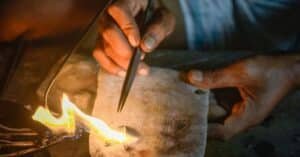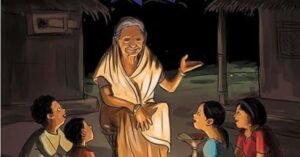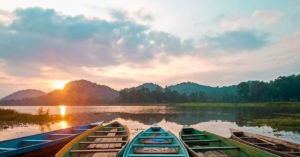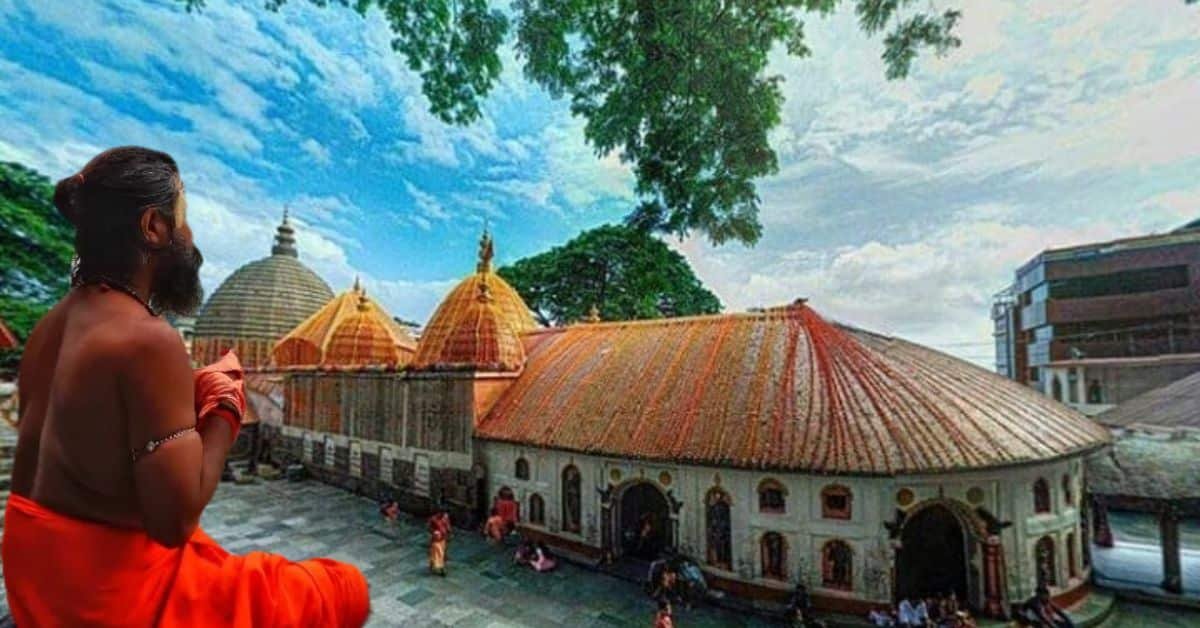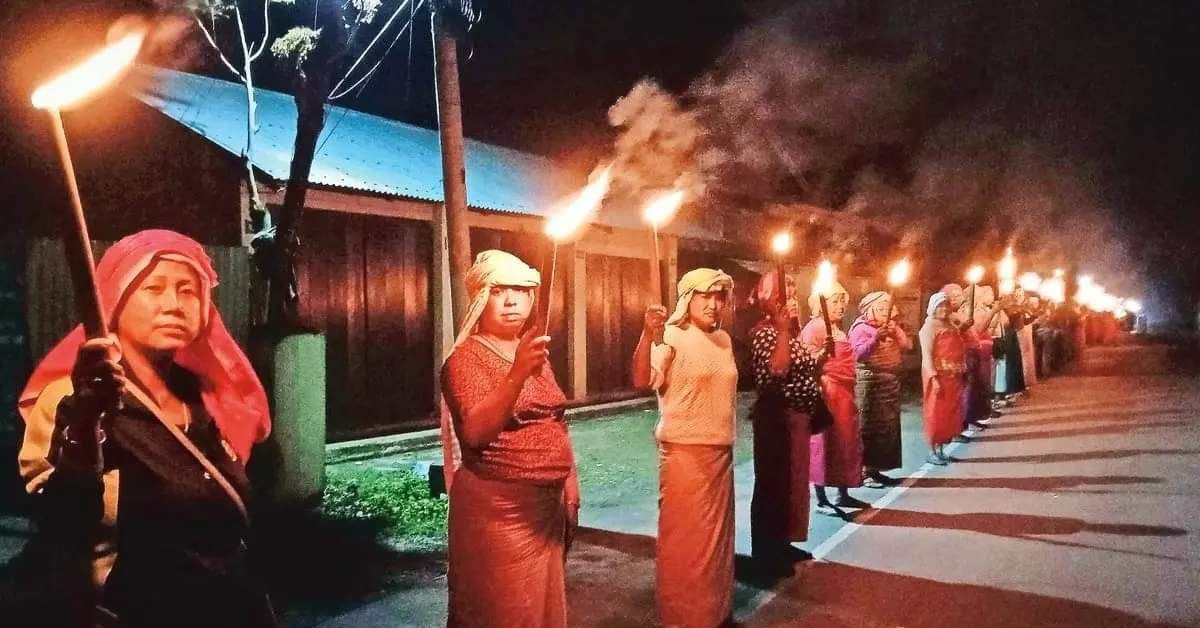The Advent of Missionaries in North East India and Christianity in Nagaland
The late 18th century saw the beginning of the Protestant missionary enterprise spreading Christianity in Nagaland. William Carey, later dubbed as ‘the father of modern missions’ arrived in India in 1793, and was followed by the now legendary figures of Robert Morrison, who went to China in 1807, and Adoniram Judson, who introduced the gospel to Burma in 1813. The Khasi tribe in Meghalaya and Assam had the honour of being the first ethnic group in north-east India to hear the gospel , when Krishna Chandra Pal, a convert of William Carey, led two Khasis to Christianity in 1812.
Major Francis Jenkins, then Commissioner-General of Assam, first suggested the idea of missionaries going to the remote hills of north-east India. Like many other colonizers, he firmly held the belief that the indigenous people in the region were not only troublesome but also viewed them as deceptive followers of dark rituals. He was convinced that the only way to improve their condition was through the introduction of Christianity. The British Baptists thought better of his invitation and decided that it would be more convenient for the American Baptists to go, given that they were already in the process of establishing a work in neighbouring Burma.
The Americans readily responded. The Rev Nathan Brown and the Rev Oliver T Cutter and their wives set out from Calcutta on November 20, 1835 and reached Sadiya in Assam on March 23, 1836, after a gruelling four month journey of 800 miles up the River Brahmaputra. Cyrus and Rhoda Bronson arrived a year later and moved to Jaipur, on the edge of the Naga Hills. There they were joined by the Browns and Cutters in May 1839, when they abandoned Sadiya after the British Colonel Adam White and eight-others had been brutally killed by Khamti tribesmen in the famous Khamti rebellion. However, the pioneer missionaries like Rev Nathan Brown and the Rev Oliver T Cutter were of tough stock. They had forsaken all to follow the Saviour, and no hardship could prevent them from accomplishing their task.
Read this small anecdote to feel their hardships:
Their strength of character was illustrated in the person of Edward Scott. When he visited the Mikir tribe (Karbi tribe) in Assam, the village chief and his warriors confronted him with spears and accused him of coming to steal their children and carry them away as slaves. With bulging eyes, they threatened the missionary with death if he advanced any further. Scott responded by calmly taking out his violin, With tears of joy, he sang a hymn. The warriors were both thrilled and amazed at the sound of the violin. Their threatening faces softened and no harm was done to Scott.
First Work of Christian Missionaries in Nagaland
Although missionaries were labouring among other tribes in north-east India, the honour of being the first to bring Christianity to the Nagas belongs to Cyrus and Rhoda Bronson, who made two exploratory trips into their territory in 1839. On March 13, 1840, they moved to the Naga Hills and began working at Namsang. Just a few months later, however, their entire family was afflicted with severe illness and they were obliged to abandon their station and move back to Jaipur in Assam. They never returned, and the work at Namsang ceased. The missionary enterprise among the Nagas withdrew to the plains, and a Christian presence in the Hills remained an unfulfilled dream for the next seven years till 1847.
The First Naga Man Converted to Christianity
The Baptist missionaries did indeed make contact with Nagas from time to time on the Assam plains. Hube, a Konyak Naga, is recorded to have been the very first Naga Christian. That is the beginning of Christianity in Nagaland. He was baptized on September 12, 1847, but died a few weeks later, on October 10. The second was Longjanglepzuk, an Ao Naga from the village of Merangkong. The Rev Francis Wayland baptized him on September 7, 1851. About three years later, his village was attacked by Konyak headhunters and he was killed in the raid. In 1855, two more Konyak men were baptized, named Aklong and Amlai from the village of Namsang. These men returned to their village preaching the gospel of God. The leaders of the village thought that the new religious teaching would create confusion in the minds of the people and turn the village upside-down. Therefore, for the sake of “peace and order they exterminated the two men.
Hence, the first four Nagas to become Christians were all dead within a short time of their conversion to Christ.
The First Tribe Converted to Christianity in Nagaland
The Ao were the first of the Naga tribes to receive the gospel in significant numbers. In early 1871, an Ao man named Subongmeren from the village of Dekahaimong was making a trip to Sibsagar to trade when he came into contact with the missionary Dr E W Clark and an Assamese evangelist called Godhula. He believed on the Lord Jesus and was baptized.
As Godhula, the assamese evangelist , listened to Subongmeren’s stories about his community, a vision and desire grew in his heart to take the gospel to the rest of this man’s tribe. Clark had strictly warned Godhula never to go beyond the tea plantations that surrounded the mission compound in Sibsagar, because just beyond them lay the start of the Naga Hills, which he considered too dangerous to enter. There is no need to spread Christianity in Nagaland staking one’s personal life at danger. But Godhula was convinced that God wanted him to take the gospel to the Nagas, so he disobeyed his employer. The brave pioneer had already met and befriended a number of Nagas and they agreed to take him to their village, where he could meet the headman and request permission to stay. Two days later, they arrived at Dekahaimong.
Godhula made several trips to Dekahaimong during the winter of 1871/72, and on November 8, 1872, he led a group of Nagas to Sibsagar to be baptized. Nine men confessed their Christian experience before the church and Clark baptized them on November 11. They were registered as members of the Sibsagar Church for the time being, since there was no church in the Naga Hills, but then they returned to their village and built a chapel there. On December 18. Clark, Godhula and other members of the Sibsagar Church made a trip to Dekahaimong and five days later 15 men confessed their Christian faith and were baptized. This was the first baptismal service ever held in Nagaland and was the humble beginning of the Naga church and Christianity in Nagaland. In December 1972, that church celebrated its centenary and commemorated that first baptism.
And thus, thanks to the courageous endeavors of a handful of dedicated individuals, the spark of the gospel ignited in Nagaland. Initially, it resembled a feeble flame that seemed on the verge of extinguishing. After years of tireless toil, the outcomes were modest: by 1914, after 71 years of missionary work, the count of Naga Christians amounted to a mere 1,128. Nevertheless, as time passed, the flame of Christianity in Nagaland grew steadily brighter, paving the way for the remarkable developments that would unfold in the generations to come.




